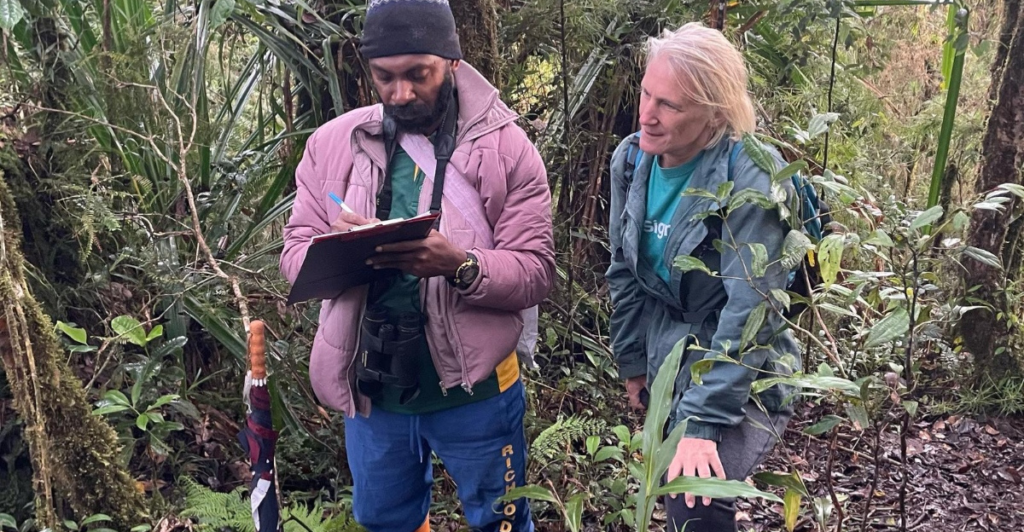
Scientists rediscovered a frog species that had not been seen for 130 years. The rediscovery of Alsodes vittatus is a landmark conservation achievement for biodiversity.
First identified in 1902 based on specimens collected in 1893 by Rodulfo Amando Philippi, this amphibian had long puzzled researchers. Its return to Chile’s La Araucanía Region is a reminder not only of nature’s resilience but also of the power of persistent scientific investigation.
This finding not only delivers the first biological and ecological data on the species but also underscores the urgent need for amphibian conservation in a world with rising environmental threats.
How Alsodes vittatus was Discovered
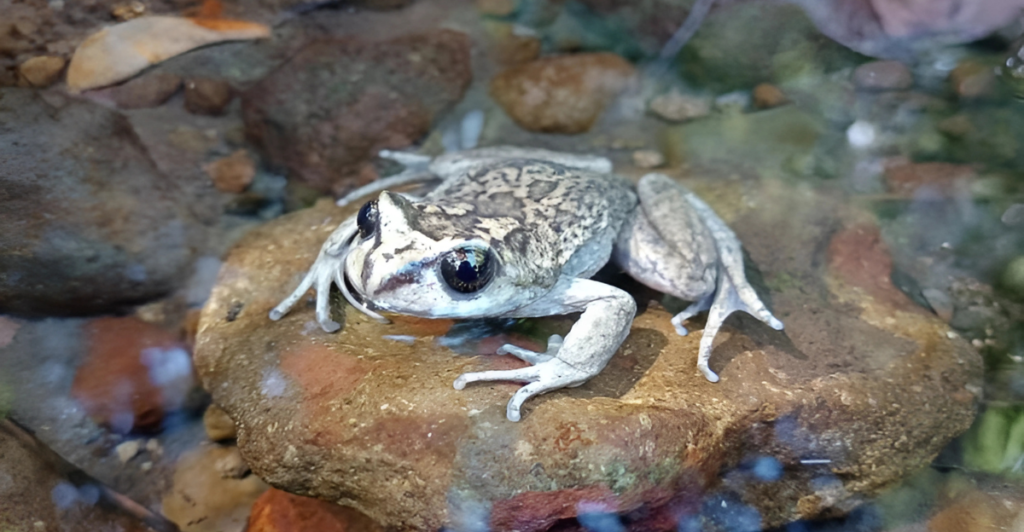
The tale of Alsodes vittatus started in 1893 when French entomologist Philibert Germain collected specimens at Hacienda San Ignacio de Pemehue, Chile.
Philippi described these later in 1902. Despite repeated attempts between 1995 and 2002 to find the species came up empty, it remained elusive thanks to vague historical descriptions of its habitat.
This lack of precision in its type locality created considerable difficulties for researchers until recent expeditions retraced Germain’s path using the historical documents.
The Rediscovery Expedition
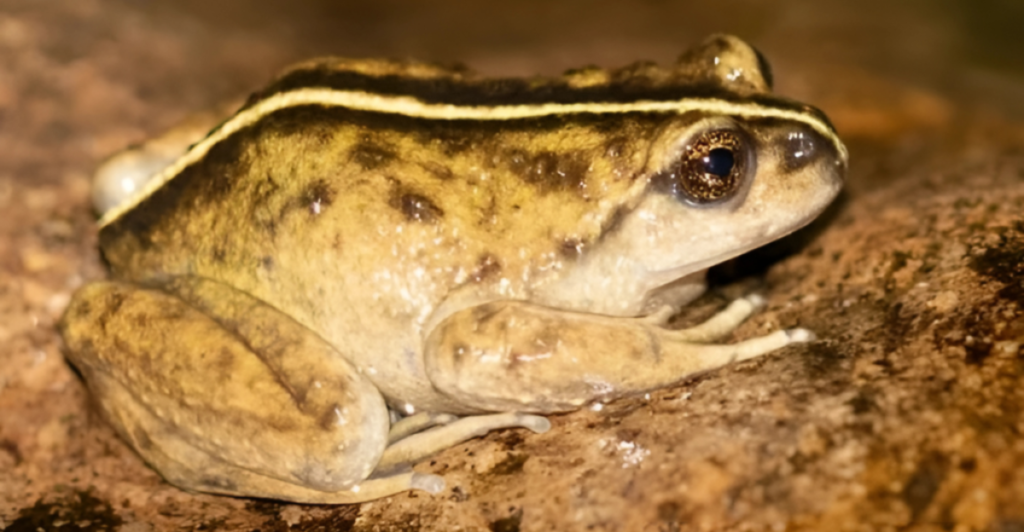
In 2023 and 2024, researchers from the University of Concepción, led by Dr. Claudio Correa and Edvin Riveros Riffo, retraced Germain’s footsteps to investigate the southeastern end of the former estate.
Their meticulous approach let to the identification of two populations of A. vittatus in the Lolco and Portales river basins. Combining archival research with traditional and modern field techniques made the rediscovery possible, exemplifying how interdisciplinary methods can yield ground-breaking success.
Ecological Significance
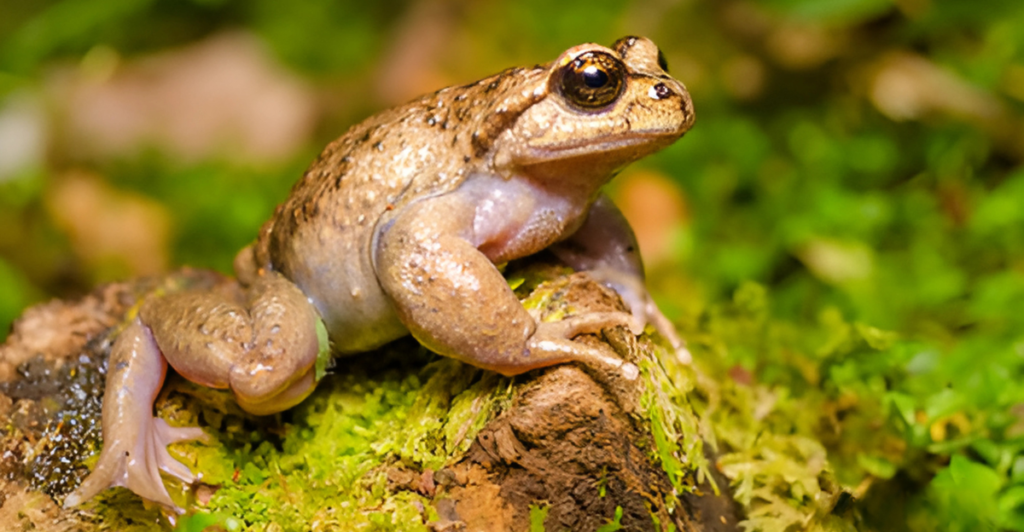
This rediscovery provides insight into the potential ecological role of Alsodes vittatus within its habitat. Amphibians like this frog are bioindicators, meaning that it indicates the health of an ecosystem or environment by responding to changes in their surroundings, acting as early warning signals of environmental problems.
The presence of A. vittatus in remote river basins underscores the biodiversity richness of the Chilean Andes foothills. At the same time, its vulnerability emphasizes the fragility of these ecosystems under threats such as habitat destruction and climate change.
Conservation Challenges

Field observations reveal that habitat degradation due to poor land use practices, water pollution, and the effects of climate change are some of the major threats to A. vittatus.
Like many other species in the genus Alsodes, it is likely to be endangered or at risk based on inadequate ecological protective measures. This rediscovery highlights the much broader issue of the decline in amphibian populations worldwide, a troubling trend that is largely attributed to human activities and climate change.
Scientific Implications
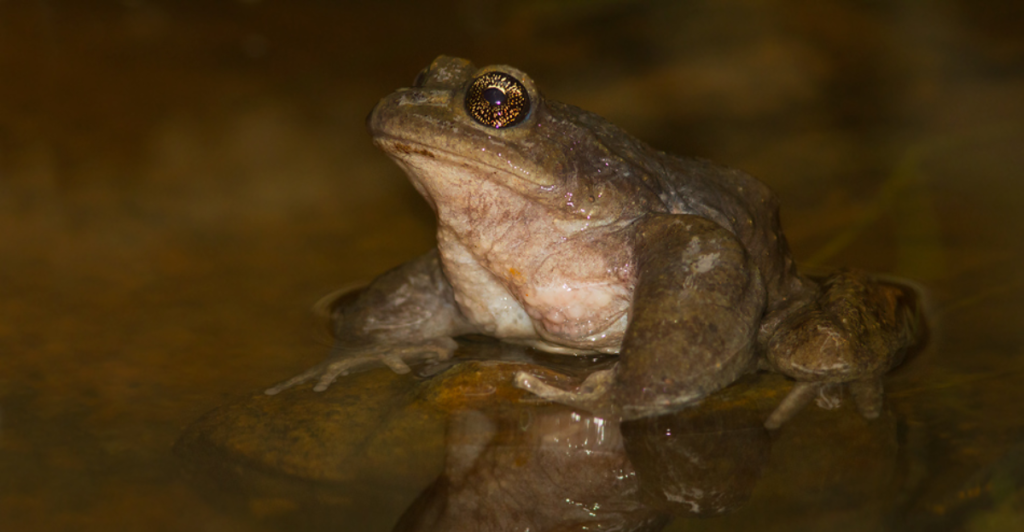
This rediscovery provides valuable data, adding to the fields of herpetology and conservation biology. No biological or ecological information on A. vittatus was available for more than a century.
Now, scientists can learn about its behavior, habitat preferences, and reproduction patterns to shape conservation strategies. This case underscores the gaps in knowledge about South American amphibians and advocates for research and close monitoring of poorly studied species.
Technology Integration

Modern technologies played a crucial role in this rediscovery. By using Geographic Information Systems (GIS) with historical cartography, researchers could identify areas of probable habitat in vat landscapes such as Hacienda San Ignacio de Pemehue.
Such tools demonstrate how technology can bridge historical data with contemporary scientific exploration, offering new avenues for locating other “lost” species.
Broader Conservation Lessons
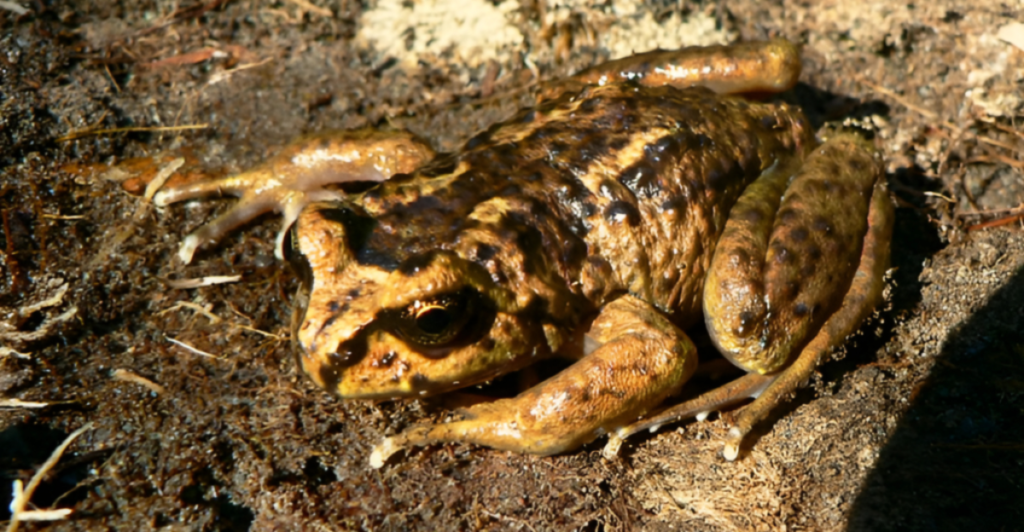
Rediscoveries such as A. vittatus inspire hope for other species thought to be extinct. They emphasize the importance of conserving underexplored habitats that potentially harbor undiscovered or forgotten biodiversity.
In addition, these findings reinforce public support for conservation efforts by showcasing tangible successes in preserving endangered species and ecosystems.
Ethical Considerations
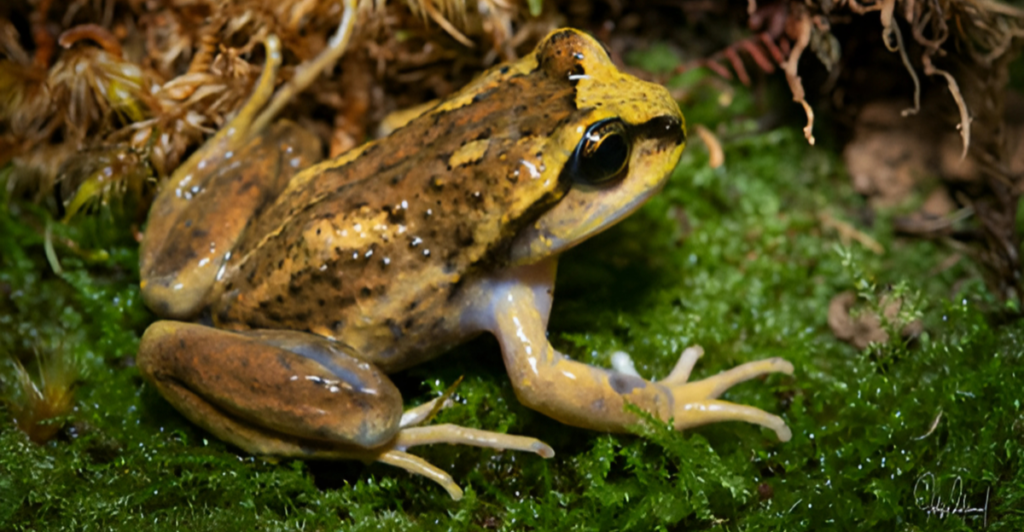
The rediscovery of A.vittatus raises ethical questions about human intervention in fragile ecosystems. Conservationists must balance studying A. vittatus with minimizing the disturbances of its habitat.
Additionally, decisions about resource allocation for rediscovered species versus endangered organisms require careful consideration to ensure equitable and effective conservation outcomes
Global Awareness
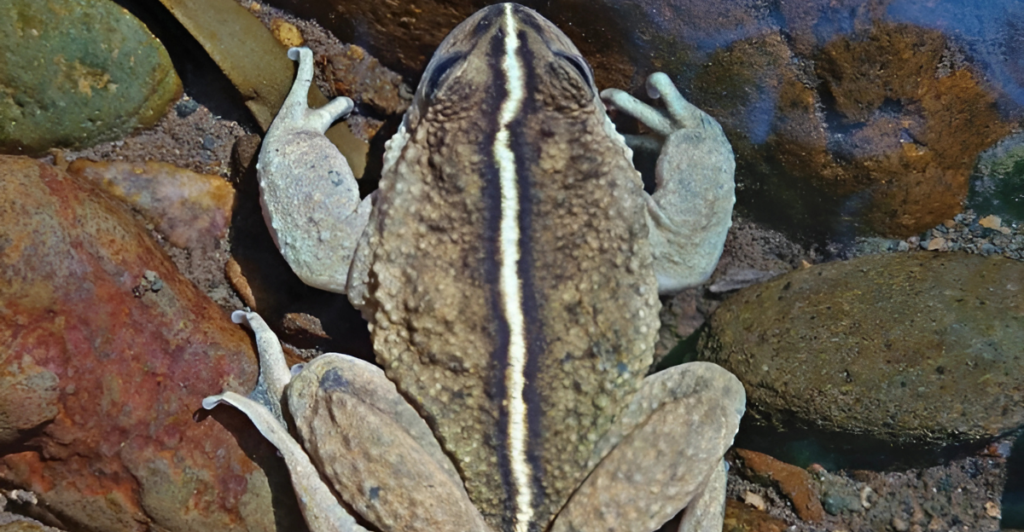
The reappearance of Alsodes vittatus is not only a scientific achievement but also a testament to resilience and a reminder of the need for biodiversity conservation efforts worldwide.
Its rediscovery demonstrates nature’s ability to survive against the odds, but it also serves as a warning against complacency as the environmental threats increase.
At the same time, through interdisciplinary research approaches and fostering global awareness, humanity can protect not only this enigmatic frog but also countless other species teetering on the brink of extinction.
Explore more of our trending stories and hit Follow to keep them coming to your feed!

Don’t miss out on more stories like this! Hit the Follow button at the top of this article to stay updated with the latest news. Share your thoughts in the comments—we’d love to hear from you!







